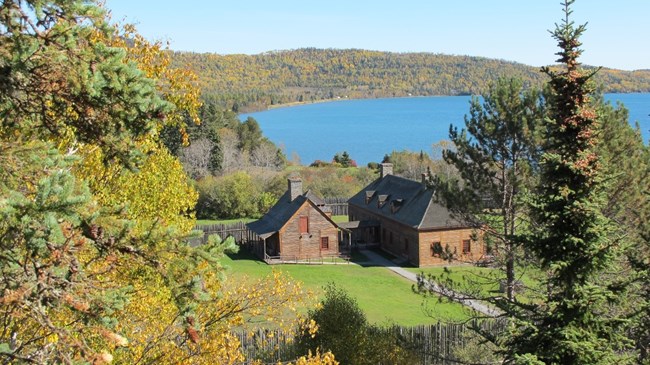Learn about NRCAs
The Natural Resource Condition Assessment (NRCA) Program provides framework, funding, and publishing support to parks to aid in the synthesis and documentation of natural resource conditions. Condition assessment reports are a tool to describe selected park resources, and record a snapshot of their current condition, identify trends, and identify potential or current threats and stressors. Understanding the condition and trend of natural resources is key for parks and NPS planners to appropriately prioritize and allocate stewardship resources.

NPS photo
Traditional NRCA Report: 2014
In an effort to better understand the natural resources and processes present in this monument, a Natural Resource Condition Assessment was conducted and published in 2014. National Park Service representatives and the University of Wisconsin – Steven Point collaborated to determine park needs and available data. This team chose six resource topics to evaluate:
- Landscape condition |
||
- Biotic condition |
||
- Chemical and physical characteristics |
||
- Ecological processes |
||
- Hydrology and geomorphology |
||
- Natural disturbance regimes |
This assessment provided a thorough review of these resource topics and showed that the conditions within the site are mixed. Conditions of significant concern are related to air resources and exotic species in the Pigeon River. Some resource topics and resource indicators such as beaver populations and water quality are in good and stable condition. Improvements have been noted in the aquatic macroinvertebrate populations in Grand Portage and Poplar Creeks, and levels of some organic contaminants have declined. Monitoring efforts in subject areas including water quality, aquatic macroinvertebrate populations, beaver populations, exotic species detection, and vegetation analysis should be continued.
For other reports and natural resource datasets visit the NPS Data Store.
Source: NPS DataStore Collection 7765 (results presented are a subset). To search for additional information, visit the NPS DataStore.
Last updated: February 25, 2022
